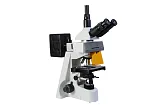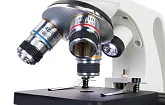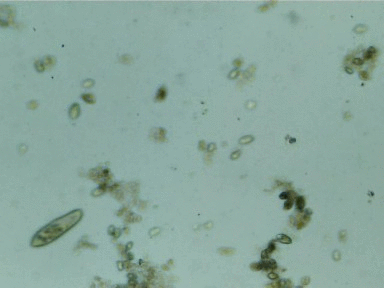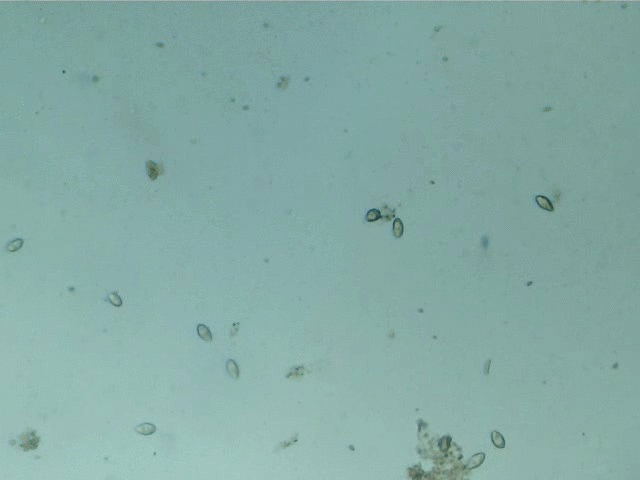Paramecium caudatum - az első barátja a mikrovilágból (angol nyelven)
The average size of Paramecium caudatum is 0.02 inches (0.5 mm). For locomotion Paramecium caudatum uses its cilia (about 15 thousand cilia cover its little body!). Moreover, it has two nuclei (a large macronucleus is responsible for nutrition, respiration, metabolism, etc.; and a small micronucleus – for reproduction). Paramecium caudatum feeds on bacteria or algae. The food is caught by an oral groove covered in cilia and then goes to the cell mouth. It is then digested in the digestive vacuole (gullet). Undigested leftovers are ‘thrown out in the open’ through an anal pore (cytoproct). To remove all excess water, our heroine has two contractile vacuoles. They work like pumps on a boat, pumping excess water out of its body. Paramecium caudatum maintains its slipper-like shape thanks to a special membrane (pellicle).
Study this image to learn all parts of Paramecium.
Tilos az anyag bármilyen jellegű másolatának közzététele bármely információs médiumban és bármilyen formában. Ez cikk a hu.levenhuk.com aktív hivatkozás feltüntetésével hivatkozható.
A gyártó fenntartja magának a jogot az árak, a termékkínálat és a műszaki paraméterek előzetes értesítés nélkül történő módosítására, vagy egyes termékek előzetes értesítés nélküli megszűntetésére.






